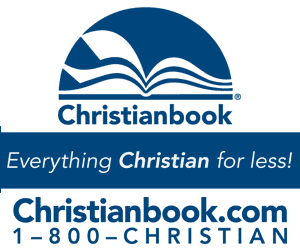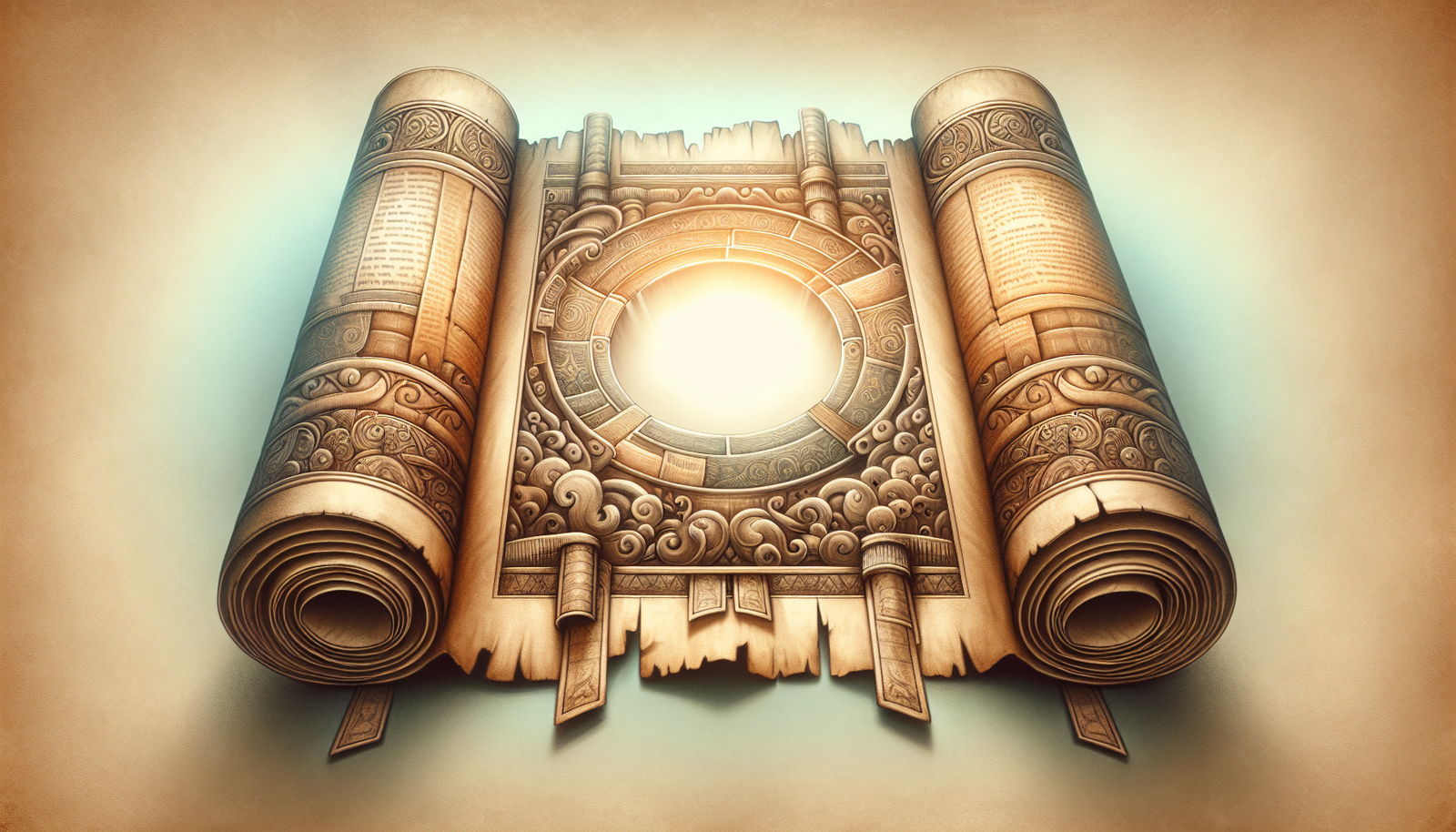Have you ever wondered why different religious traditions have varying versions of the Bible? This conundrum has piqued the interest of theologians, historians, and laypeople alike for centuries. As time progresses, the importance of understanding these differences becomes even more pronounced. By 2025, in our globalized world where interfaith dialogue is increasingly common, knowing these distinctions is crucial for mutual respect and understanding.
I am [Your Name], holding a PhD in Theology, and I’ve spent countless hours in libraries examining ancient manuscripts and analyzing textual variations. This article aims to unravel the complexities of the Biblical canon across different traditions, providing both a historical backdrop and insights for our present-day context.
TL;DR: The Basics at a Glance
- The term “Biblical canon” refers to the collection of texts considered sacred and authoritative.
- Differences in canon exist among Judaism, Catholicism, Orthodoxy, and Protestantism.
- Historical and cultural contexts have influenced these variations.
- Understanding these differences fosters interfaith dialogue and cultural respect.
Understanding the Notion of Canon
The concept of “canon” is pivotal in understanding the diversity in Biblical texts. Derived from the Greek word “kanon,” meaning “rule” or “standard,” the canon refers to the set of books regarded as scripture by a religious community. This section will walk you through the canonization process, its historical journey, and the role it plays in shaping religious identity today.
Historical Canonization Process
Canonization didn’t happen overnight. Instead, it was a gradual process influenced by historical, theological, and cultural factors. Over centuries, various texts were debated, included, or excluded, depending on differing criteria set by religious leaders.
- Jewish Canon: The Jewish Bible, also known as the Tanakh, was largely fixed by the end of the first century CE. It comprises the Torah, Prophets, and Writings.
- Christian Canons: The early Christian Church had to decide which writings about Jesus and his teachings were authoritative. By the fourth century, church councils started crystallizing what became the Christian Bible.
Cultural and Theological Influences
From my field experience visiting the manuscript vaults, I’ve seen firsthand how diverse cultural undercurrents influenced the canon. Different geographical regions, theological disputes, and sociopolitical factors left their imprint on which books communities deemed sacred.
- Geographic Influence: For example, the Hebrew Bible developed within the distinct cultural milieu of ancient Israel, while the New Testament emerged in different parts of the Roman Empire.
- Theological Debates: The inclusion of specific books often reflects theological conflicts, like those evident in the Protestant Reformation.
How Jewish, Catholic, and Protestant Canons Differ
Now that you’ve grasped the idea of what constitutes a canon, let’s delve into how these differ among major traditions. Knowing these distinctions not only shapes our understanding of religious texts but also broadens our appreciation for how diverse interpretations coalesce into a single faith identity.
Jewish Tradition: The Tanakh
The Jewish canon, known as the Tanakh, consists of three primary parts: the Torah (Law), Nevi’im (Prophets), and Ketuvim (Writings). This structured arrangement carries significant weight in Jewish religious life and practice. Generally, this canon excludes books written in Greek, like those found in the Septuagint.
- Canonical Books: Totals 24 in Jewish tradition—fewer than in Christian Bibles because some books are combined.
Catholic and Orthodox Traditions
The Catholic Bible includes all the books in the Jewish canon plus additional texts known as the Deuterocanonical books. The Orthodox Church carries a similar but slightly expanded set.
- Catholic Canon: It contains 73 books: 46 in the Old Testament and 27 in the New Testament.
- Orthodox Canon: Larger, often including texts like 1 Esdras and the Prayer of Manasseh.
The Protestant Reformation and Its Impact
The Protestant Reformation led by Martin Luther in the 16th century initiated significant changes in the Biblical canon for Protestants, emphasizing sola scriptura, or “scripture alone.” Protestant Bibles typically exclude the Deuterocanonical books, labeling them as Apocrypha.
- Protestant Canon: Contains 66 books, omitting the Deuterocanonical ones.
- Luther’s Influence: Questioned the validity of some New Testament texts but retained them in the canon.
Manuscripts as Repositories of Tradition
Diving deeper into Biblical texts requires an understanding of their earliest manuscripts. These ancient documents serve as the repository of tradition and the foundation for countless translations available today.
Key Manuscripts and Their Role
Ancient manuscripts like the Dead Sea Scrolls, Codex Sinaiticus, and Codex Vaticanus offer critical insights into the textual history and variations of the Biblical canons. These texts aren’t just old books—they’re historical artifacts illuminating the evolution of sacred scriptures.
- Dead Sea Scrolls: Condensed fragmentary information about early Judaism and potential variations in their canon.
- Codex Sinaiticus and Codex Vaticanus: Early complete codices of the Christian Bible, crucial for understanding textual transmission.
Textual Variants and Interpretations
When I had the opportunity to examine these manuscripts, what struck me most were the textual variants that subtly but meaningfully alter interpretations. These variants become points of contention and conversation among scholars.
- Textual Consistency: Even slight differences can lead to significant theological implications.
The Influence of Cultural Context on Canon Formation
Cultural context possesses a compelling force in shaping which texts are considered canonical. Over time, communities gathered texts that resonated with their spiritual ethos and socio-political circumstances.
Cultural Resonance in Canonization
From imperial decrees to grassroots decisions, cultural factors substantially determined the canonicity of Biblical texts. What resonates with one cultural group might not with another, but the threads of belief continue to connect them all.
- Imperial Influence: Roman and Byzantine authorities periodically swayed Christian canon’s evolution.
- Oral Traditions: Some scholars suggest elements like oral tradition influenced which texts were ultimately written down and canonized.
Implications for Interfaith Dialogue
Understanding these differences in Biblical canon invites richer interfaith dialogues. As spiritual practitioners, recognizing and respecting these distinctions can enhance mutual respect and collaboration.
Building Bridges Through Canon Study
Exploring these textual and canonical variances can dismantle misunderstandings and foster appreciation across different faith boundaries. This understanding aids in promoting peace and unity in a diverse world.
- Common Ground: Despite their differences, all traditions share fundamental texts pointing to universal values like love and justice.
Frequently Asked Questions
Why are there different versions of the Bible?
Each tradition cultivated its own scriptural canon based on theological debates, cultural contexts, and historical circumstances.
What are the Deuterocanonical books?
These are additional texts accepted in the Catholic and Orthodox Churches but not in the Protestant Bible. Examples include Tobit, Judith, and Sirach.
Why do Protestants exclude some books found in the Catholic Bible?
During the Reformation, Reformers like Martin Luther challenged some books’ authority, focusing on Hebrew texts as more authentic foundation.
How does the Orthodox Bible differ from the Catholic Bible?
Overall, the Orthodox Bible contains more books and includes additional texts like Psalm 151 and 3 Maccabees.
What insights do the Dead Sea Scrolls offer?
These scrolls present alternative textual traditions of the Old Testament, shedding light on early Judaism and scriptural interpretation variations.




